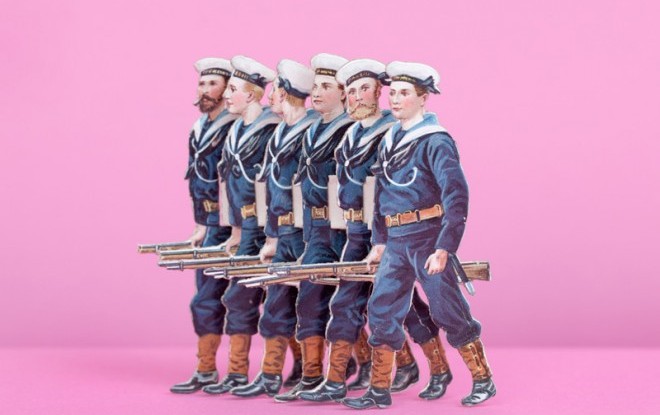For a child, the only thing worse than a broken bone is a seemingly interminable wait in an emergency room. A charity in the UK called Artfelt tries to brighten up these boring spaces and recently commissioned English photographer Andy Brown to shoot photos that could decorate the Accident & Emergency department in Sheffield’s Children’s Hospital.
Beyond shooting attractive images, Brown also wanted this series of pictures to present the vintage toys that were actually the best sellers for each decade, starting in the 1870s. He turned to Google to find sales vintage figures, but even the omniscient search engine had difficulty figuring out what the “Tickle Me Elmo” equivalent was at Selfridge’s Co. in 1912. The principled photographer turned then to Catherine Howell, a curator at the Victoria and Albert’s Museum of Childhood, who provided a list of vintage toys that were both popular and important historically in each time period.
Read the full article on Wired.com
All Photos: © Andy Brown
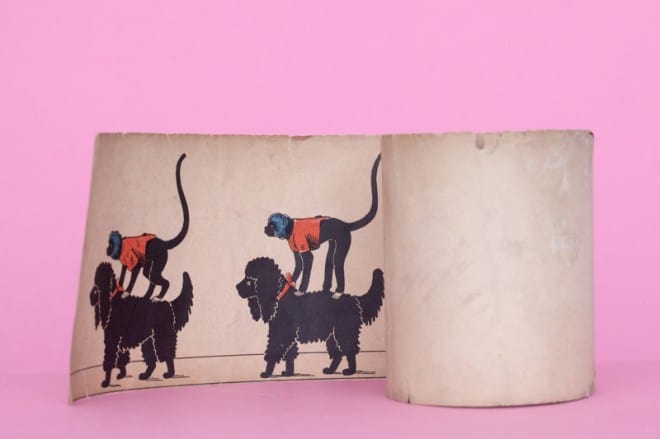
Zoetrope reel, 1870s — Before there was Pixar, there was the Zoetrope. The optical illusion was first demonstrated in 1836, over a hundred years before the first Saturday morning cartoons. The device was patented in 1867 by Milton Bradley, the man, not the company, and in many ways can be considered one of the first mass-market toys. Photo: Andy Brown

Yo-yo, 1930s Photo: Andy Brown
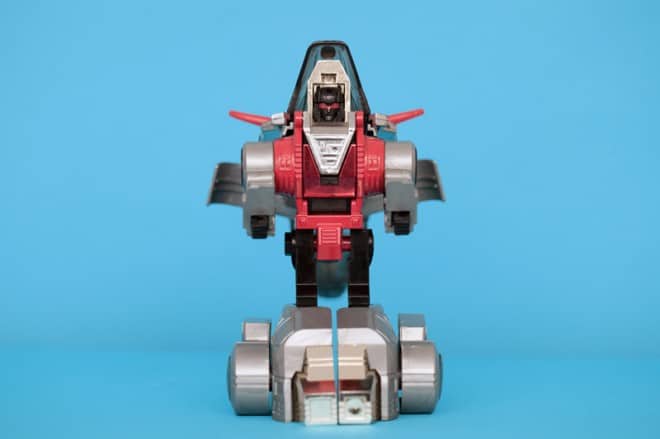
Transformer, 1980s
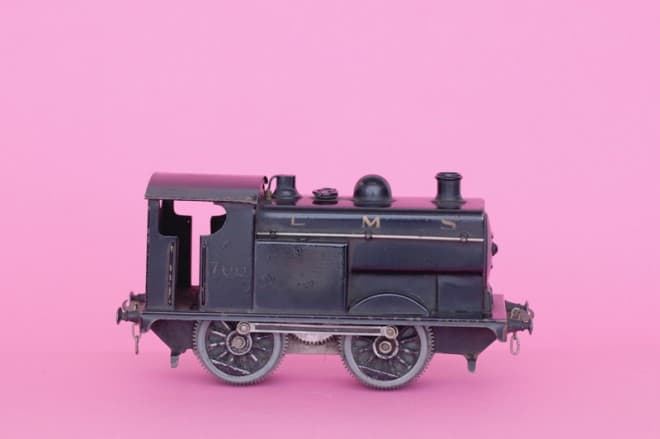
Train, 1920s
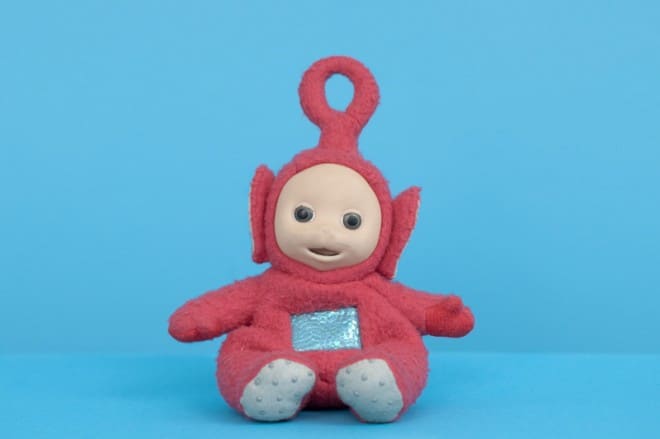
Teletubby, 1990s
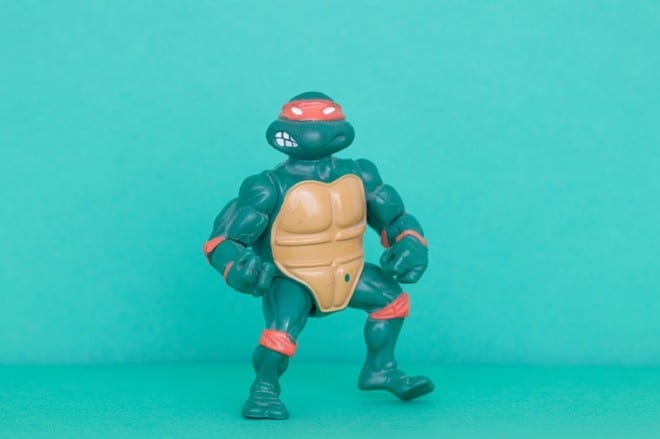
Teenage Mutant Ninja Turtle, 1980s — “As the decades have gone on this has developed, and with the use of new and cheaper materials, such as plastic, the range and choice of toys has increased,” says Howell. Photo: Andy Brown
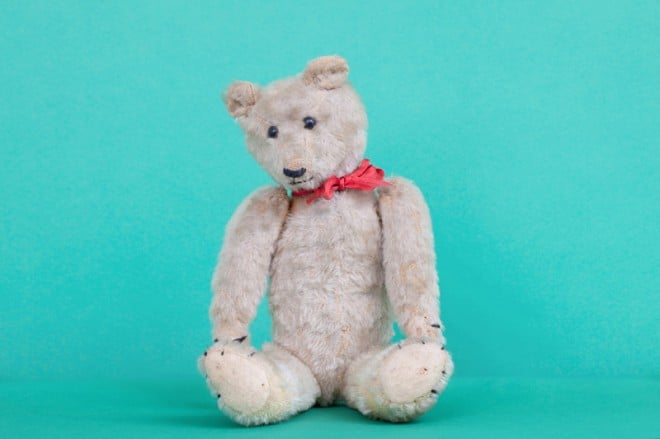
Teddy bear, 1910s
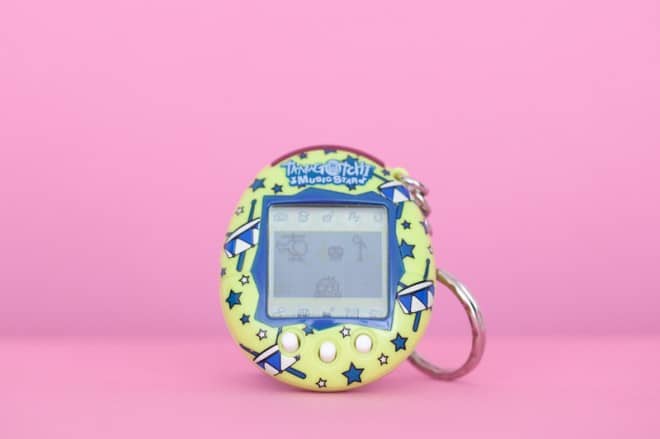
Tamagotchi, 1990s
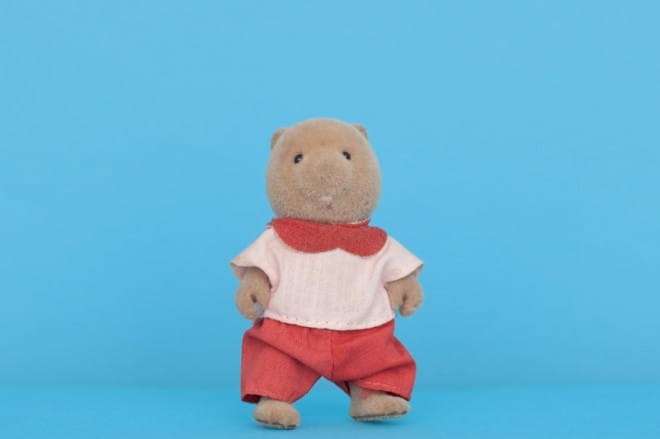
Sylvanian Families figure, 1980s
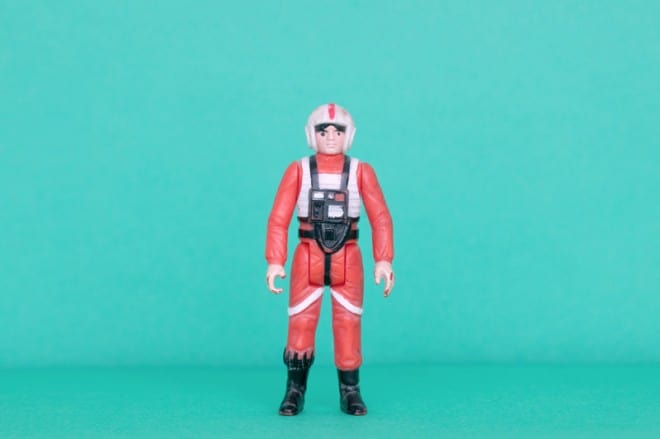
Star Wars figure, 1980s — Brown’s series also captures the changing nature of toy purchases. The Luke Skywalker action figure was from his own personal collection, and he fondly remembers tossing it in the air to simulate the trench run, while today’s action figures are often hoarded by collectors and never even opened. Photo: Andy Brown

Spinning top, 1900s

Slinky, 1950s — The humble Slinky was invented in 1943 when a naval engineer accidentally dropped a tension spring on the floor. His wife suggested he name it Slinky, which means graceful in Swedish. He sold out of the first batch in minutes and over a quarter billion units of this happy accident have been sold since. Photo: Andy Brown
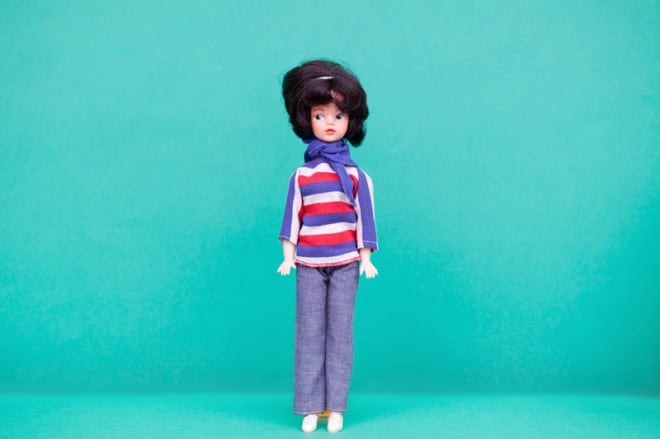
Sindy, 1960s — While she doesn’t have the name recognition of Barbie, this doll has friends in important places. “My favorites are the Sindy doll—I had one myself—and any of the teddy bears,” says Howell who helped curate the photo subjects. “I always preferred soft toys to dolls and now I get to look after them in the Museum.” Photo: Andy Brown
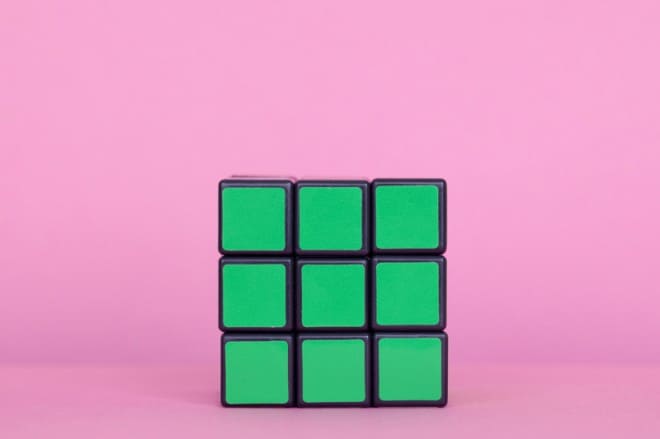
“The Rubik’s Cube is the most ‘forensically’ shot of all the toys,” says Brown. “I did try shooting at different angles, but this is the shot that worked best. I like the simplicity of the colors.” Photo: Andy Brown

A pre-Lego building set shows just how big a difference manufacturing technology can make. Photo: Andy Brown
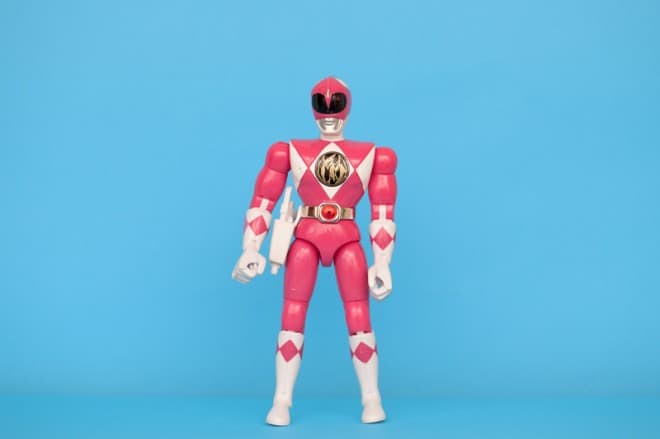
Power Ranger figure, 1990s
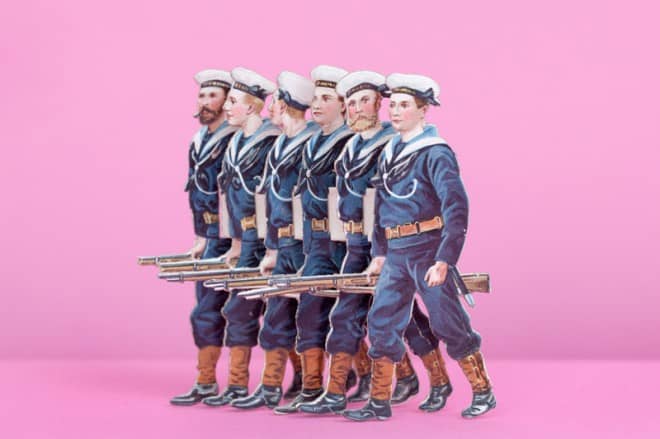
Paper soldiers, 1890s — “This is my favorite image,” says Brown. “I love how camp they look today.” Photo: Andy Brown
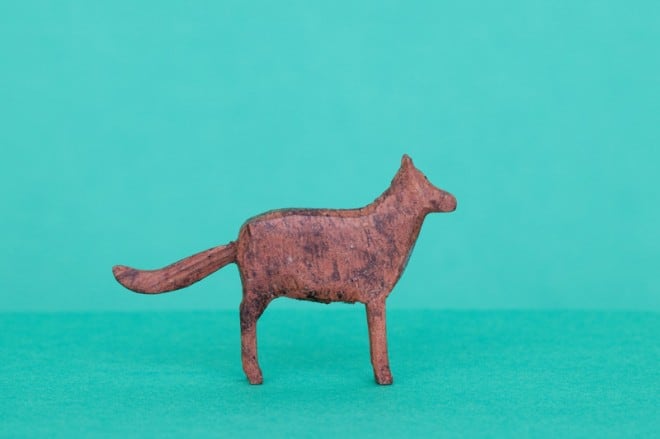
Noah’s Ark figure, 1880s — “One of the themes that interests me the most is how some of the earliest toys are hand-made, and how rapidly that is lost over the series,” says Brown. “The figure from a Noah’s Ark set, in particular, is from a beautiful set that somebody spent hours and hours carving.” Photo: Andy Brown
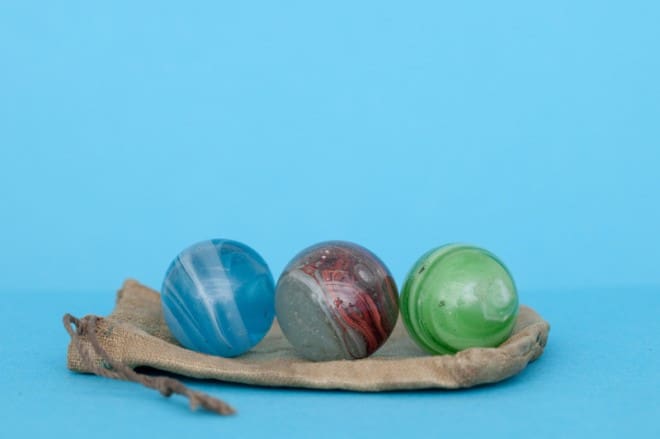
Marbles, 1880s

Lego’s use of precision injection molding, instead of metal stamping or wood cutting, marked a turning point in the toy industry. Its products were lighter, safer, and less expensive than comparable toys. The industry quickly took note and since the 1960s, it’s almost impossible to find a toy that doesn’t feature the material—save for some plush dolls and high-end wooden playthings. Photo: Andy Brown
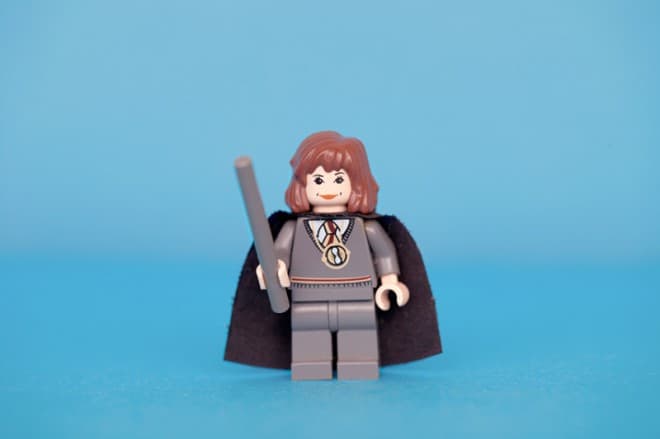
Lego made it into Brown’s collection three times. By constantly reinventing their manufacturing and marketing approaches, the Billund, Denmark brick maker has stayed on top of Christmas shopping lists for decades. Lego Harry Potter, 2000s. Photo: Andy Brown
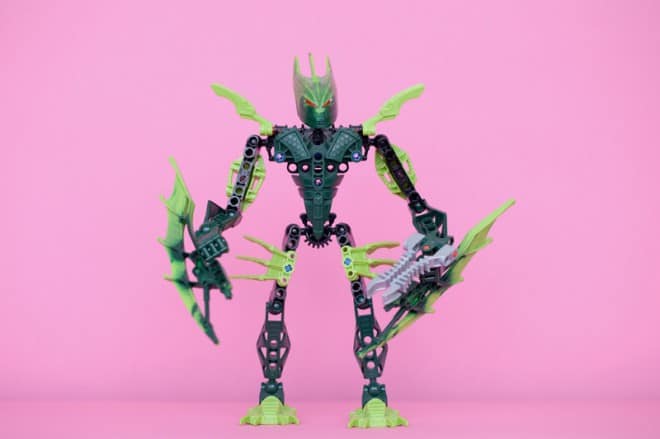
Lego Bionicles, 2000s

Jigsaw puzzle, 1930s
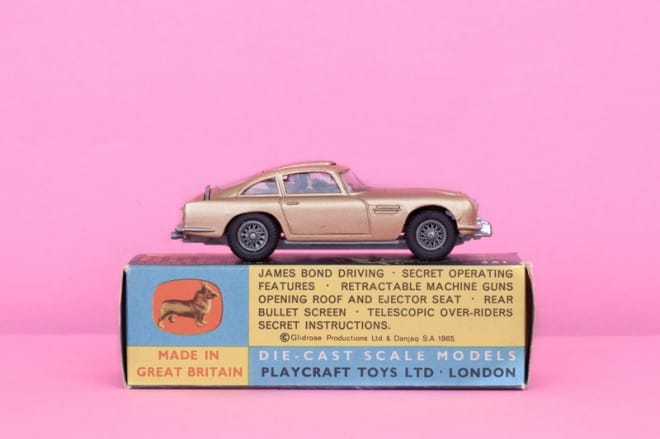
James Bond car, 1960s
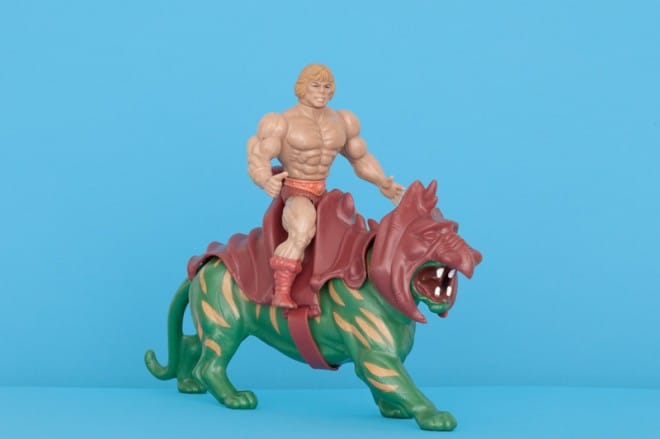
He-Man and Battle Cat, 1980s — He-Man started out as a line of action figures to accompany the feature film Conan, but manufacturer Mattel didn’t think Arnold Schwarzenegger’s character was a suitable role model for young children—how right they were. The toy line was considered a bit of a risk at the time since boys weren’t known to play with dolls, but in 1985 the line earned over $400 million dollars, out-earning even Barbie. Photo: Andy Brown
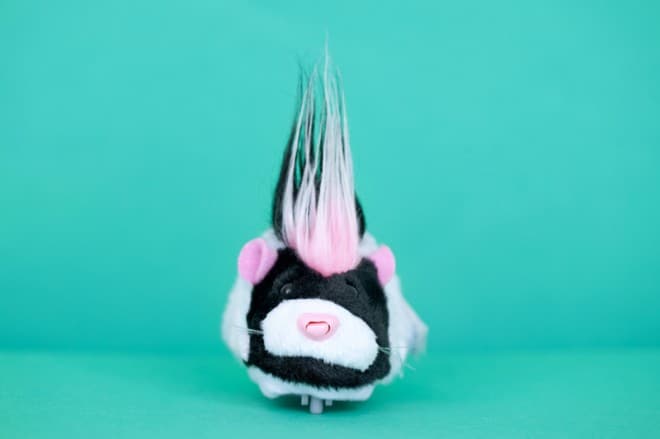
Go Go Hamster, 2000s
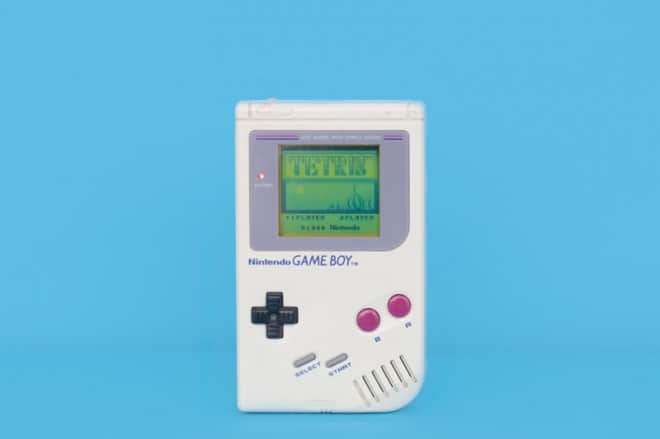
Game Boy, 1990s. Photo: Andy Brown
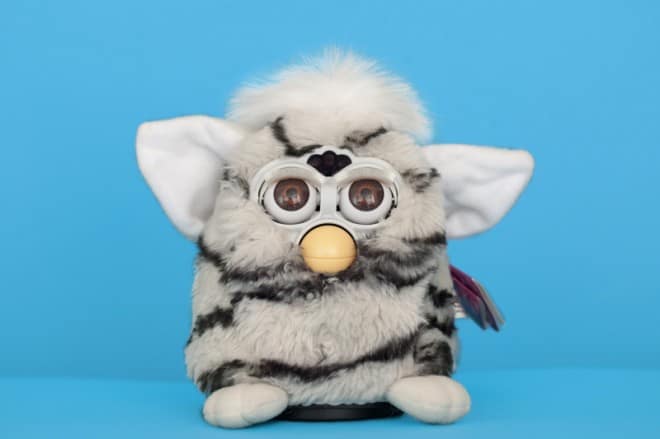
Furby, 1990s
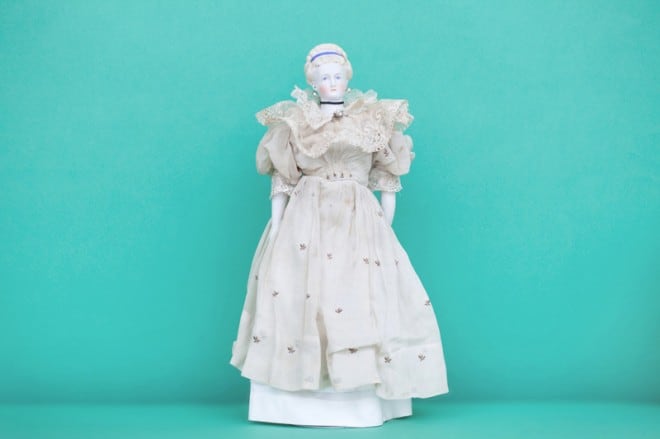
Doll, 1870s — “The early toys are some of the first commercially produced examples, and the late nineteenth century was a time when children were being seriously considered as consumers,” says Howell. Photo: Andy Brown
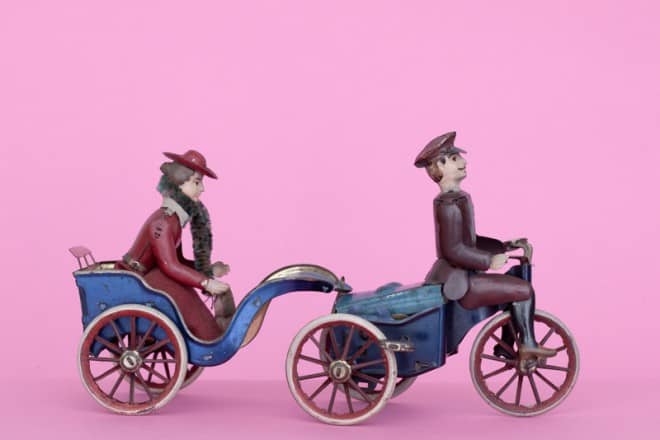
Clockwork toy, 1900s — Many of the early toys embody outdated and even alien cultural norms. A Downton Abbey-era figurine of a lady being pulled by chauffeur is a particular favorite of Brown’s. “The role of the class system that fascinates me about this one,” he says “The Lady being chauffeured by the smiling worker. Not the sort of toy you see today!” Photo: Andy Brown
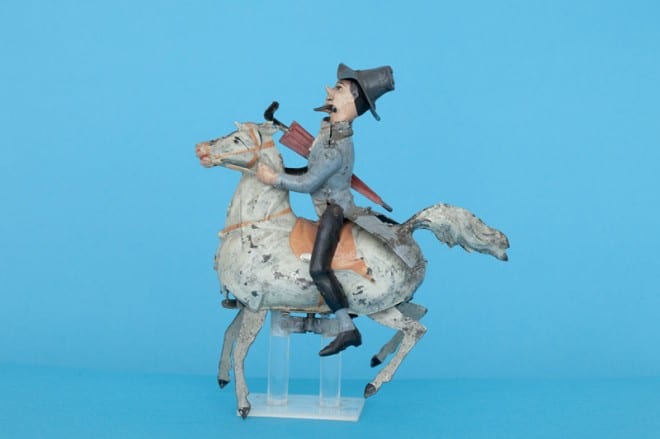
Clockwork toy, 1900s — Many of the early toys embody outdated and even alien cultural norms. A Downton Abbey-era figurine of a lady being pulled by chauffeur is a particular favorite of Brown’s. “The role of the class system that fascinates me about this one,” he says “The Lady being chauffeured by the smiling worker. Not the sort of toy you see today!” Photo: Andy Brown

Clackers, 1970s — Paradoxically, some of the best selling toys were the hardest to track down. Clackers were a popular noise making toy in the 1970s, but was fairly cheap, disposable, and liable to crack. “Loads of people can remember them,” says Brown. “But very few people thought to hang on to them.” As children’s playthings become more ephemeral, this lack of a cultural record will only be exacerbated. Photo: Andy Brown
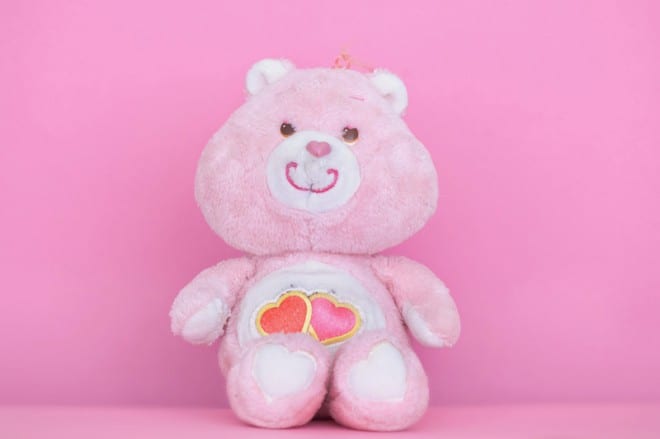
Care Bear, 1980s
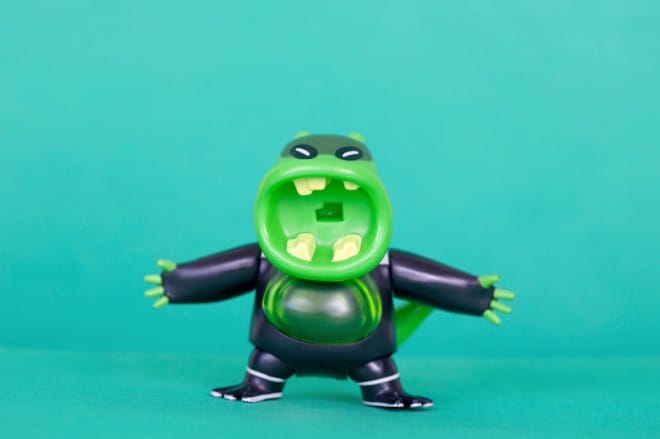
“This is a very cleverly thought-out concept—Ben10 is a boy who can transform in to a range of monsters,” says Brown. “And they keep updating the monsters to produce more toys.” Photo: Andy Brown

